Table of content
- Why Boil Shrimp in Plain Water?
- Shrimp Size Matters
- Fresh vs. Frozen Shrimp
- Altitude Adjustments
- Water Temperature and Volume
- Step 1: Prepare the Shrimp
- Step 2: Boil the Water
- Step 3: Cook the Shrimp
- Step 4: Monitor Doneness
- Step 5: Shock in Ice Water
- Overcrowding the Pot
- Ignoring Shrimp Size
- Skipping the Ice Bath
- Using Old Shrimp
- Add Aromatics (Optional)
- Use a Timer
- Save the Cooking Liquid
- Peel After Cooking (If Desired)
- Q: Can I boil shrimp from frozen?
- Q: Should I add salt to the boiling water?
- Q: How do I prevent shrimp from curling?
- Q: Can I reuse the boiling water?
- Q: Is undercooked shrimp dangerous?
Boiling shrimp in plain water is a culinary technique that balances simplicity and precision. Achieving the ideal texture—tender, juicy, and never rubbery—hinges on understanding the nuances of cooking time. This article delves into the science, techniques, and practical tips to master boiling shrimp, ensuring your dish becomes a centerpiece of flavor and elegance.
The Basics of Boiling Shrimp
Boiling shrimp in plain water, often referred to as “poaching” in culinary terms, is a method that relies on heat and time to transform raw seafood into a delicate delight. Unlike frying or grilling, boiling preserves the shrimp’s natural sweetness while minimizing added fats or oils. The process seems straightforward, but variables like shrimp size, freshness, and even altitude can drastically affect outcomes.
Why Boil Shrimp in Plain Water?
Using plain water allows the shrimp’s inherent flavors to shine. Seasonings like salt, lemon, or herbs can be added later, but the foundation of this method is purity. It’s a technique favored in coastal regions where fresh shrimp is abundant, as it highlights the seafood’s briny sweetness without overcomplicating it.
Factors Influencing Boiling Time
No two batches of shrimp are identical. Understanding the variables at play ensures consistent results.
Shrimp Size Matters
Shrimp are categorized by count per pound (e.g., 21/25 means 21-25 shrimp per pound). Smaller shrimp cook faster, while larger varieties require more time. Here’s a general guide:
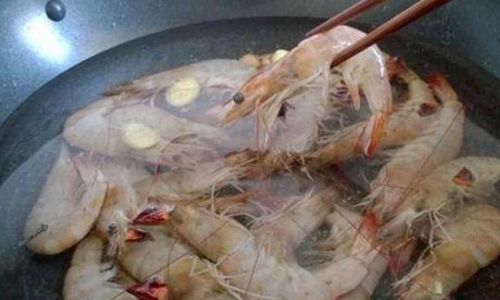
- Small/Medium Shrimp (41/50 or smaller): 1–2 minutes
- Medium/Large Shrimp (26/30 to 31/35): 3–4 minutes
- Jumbo/Colossal Shrimp (16/20 or larger): 5–7 minutes
Fresh vs. Frozen Shrimp
Frozen shrimp often have ice glazes, which can insulate them during cooking. Add 1–2 minutes to the boiling time if using frozen shrimp. Thawing first (under cold running water) reduces cooking time but requires planning.
Altitude Adjustments
At higher elevations, water boils at lower temperatures, which slows cooking. If you live above 3,000 feet, increase boiling time by 1–2 minutes.
Water Temperature and Volume
Starting with cold water vs. boiling water impacts cooking. For shrimp, always use boiling water to ensure even cooking. The volume of water should be sufficient to submerge the shrimp completely—typically 4–6 cups for 1 pound.
Step-by-Step Guide to Boiling Shrimp
Follow these steps for foolproof results:
Step 1: Prepare the Shrimp
- Peel or Leave Shells On? Cooking with shells on enhances flavor but requires peeling post-cooking. For ease, peel and devein shrimp before boiling.
- Deveining: Use a paring knife to make a shallow cut along the back and remove the dark vein.
Step 2: Boil the Water
- Fill a large pot with water (add 1 tablespoon of salt per quart for seasoning, if desired).
- Bring to a rolling boil over high heat.
Step 3: Cook the Shrimp
- Add shrimp to the boiling water. Stir gently to ensure even cooking.
- Start timing immediately. Smaller shrimp will float when done; larger ones may sink initially.
Step 4: Monitor Doneness
- Shrimp turn opaque and pinkish-orange when cooked. Overcooked shrimp curl tightly into a “C” shape; perfectly cooked ones form a gentle “C.”
Step 5: Shock in Ice Water
- Transfer cooked shrimp to an ice bath (equal parts ice and water) for 2–3 minutes. This halts cooking and locks in moisture.
Testing for Doneness: The Visual and Tactile Cues
Relying solely on time can lead to errors. Use these indicators:
- Color Change: Raw shrimp are gray and translucent; cooked shrimp are opaque with a pink hue.
- Texture: Press a shrimp gently. Cooked shrimp feel firm yet springy, while raw shrimp feel soft and mushy.
- Shape: As mentioned, overcooked shrimp curl tightly. Undercooked shrimp remain relatively straight.
Common Mistakes to Avoid
Even seasoned cooks stumble. Here’s how to sidestep pitfalls:
Overcrowding the Pot
Adding too much shrimp lowers the water temperature, leading to uneven cooking. Boil in batches if necessary.
Ignoring Shrimp Size
A one-size-fits-all approach guarantees inconsistency. Always adjust time based on shrimp count per pound.
Skipping the Ice Bath
Without shocking, residual heat continues cooking the shrimp, risking rubberiness.
Using Old Shrimp
Frozen shrimp can last 6–8 months, but freezer burn or off-odors indicate spoilage. Always thaw and smell before cooking.
Tips for Perfectly Boiled Shrimp
Elevate your technique with these pro tips:
Add Aromatics (Optional)
While plain water is the focus, a bay leaf, peppercorns, or lemon wedge can subtly enhance flavor without overpowering the shrimp.
Use a Timer
Smartphone timers or kitchen timers eliminate guesswork. Set alerts for 1-minute intervals.
Save the Cooking Liquid
Strain and freeze the shrimp-infused water. It’s a flavorful base for soups or risottos.
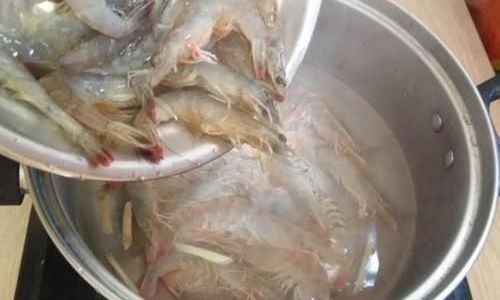
Peel After Cooking (If Desired)
Cooking with shells on retains moisture. Peel under cold running water for easier handling.
Serving Suggestions and Pairings
Boiled shrimp’s versatility shines in various dishes:
- Shrimp Cocktail: Serve chilled with cocktail sauce and lemon wedges.
- Salads: Toss with avocado, mango, and greens for a refreshing meal.
- Pasta: Combine with garlic, olive oil, and cherry tomatoes.
- Appetizers: Skewer with olives and cheese for a crowd-pleasing platter.
Storage and Reheating
Proper storage ensures leftovers stay fresh:
- Refrigeration: Store cooked shrimp in an airtight container for up to 3 days.
- Freezing: Place in a freezer-safe bag for 2–3 months. Thaw overnight in the fridge.
- Reheating: Avoid microwaves, which dry out shrimp. Gently warm in a skillet with butter or broth.
Frequently Asked Questions
Q: Can I boil shrimp from frozen?
A: Yes, but add 2–3 minutes to cooking time. Thawing first yields better texture.
Q: Should I add salt to the boiling water?
A: Salt enhances flavor but isn’t mandatory. Use 1 tablespoon per quart for seasoning.
Q: How do I prevent shrimp from curling?
A: Overcooking causes excessive curling. Monitor closely and shock in ice water immediately.
Q: Can I reuse the boiling water?
A: Strain and reuse for stocks, but discard if it becomes cloudy or scummy.
Q: Is undercooked shrimp dangerous?
A: Yes. Undercooked shrimp pose a risk of foodborne illness. Ensure internal temperature reaches 145°F (63°C).
The Science Behind Perfect Shrimp
Shrimp are proteins composed of amino acids. When heated, these proteins denature (unfold) and coagulate, firming the meat. Overcooking causes excessive coagulation, squeezing out moisture and creating a rubbery texture. The ice bath halts this process, preserving tenderness.
Boiling Shrimp at High Altitudes
At elevations above 3,000 feet, water boils at ~203°F (95°C) instead of 212°F (100°C). Lower temperatures slow cooking, so increase boiling time by 1–2 minutes. Use a meat thermometer to verify doneness.
Comparing Boiling to Other Methods
- Grilling: Imparts smokiness but risks drying out shrimp.
- Sautéing: Quick and flavorful but requires constant stirring.
- Steaming: Gentle but less forgiving with timing.
Boiling remains unmatched for simplicity and even cooking.
Conclusion
Mastering the art of boiling shrimp hinges on precision and adaptability. By accounting for shrimp size, freshness, and environmental factors, you’ll consistently achieve tender, flavorful results. Whether served as an appetizer, salad topper, or main course, perfectly boiled shrimp elevates any meal. Embrace the science, heed the cues, and let this humble technique become your gateway to seafood excellence.
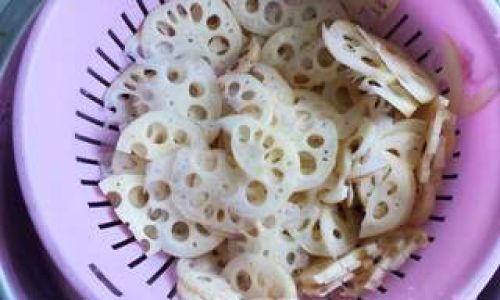
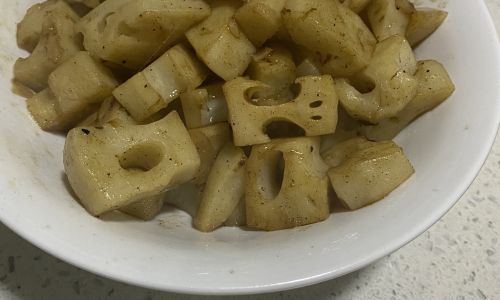
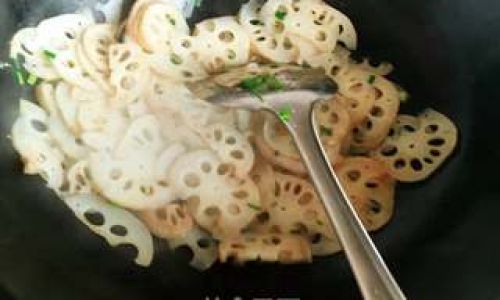
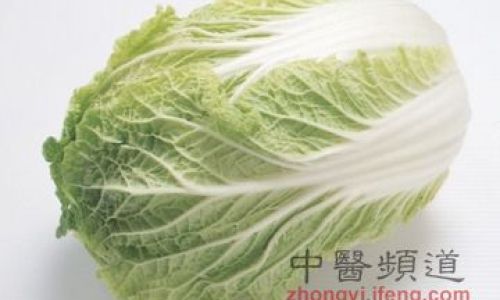
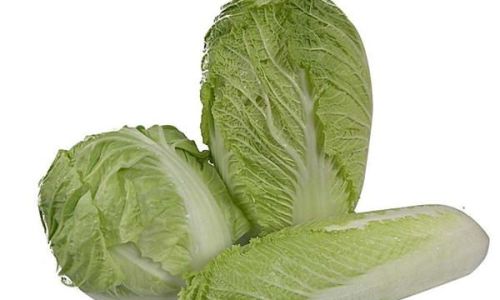
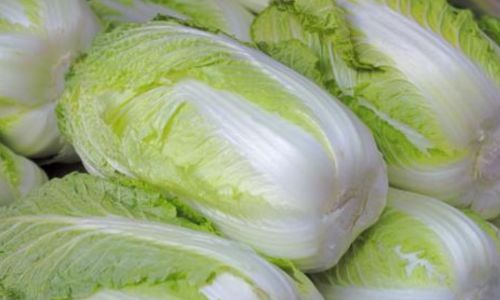
0 comments